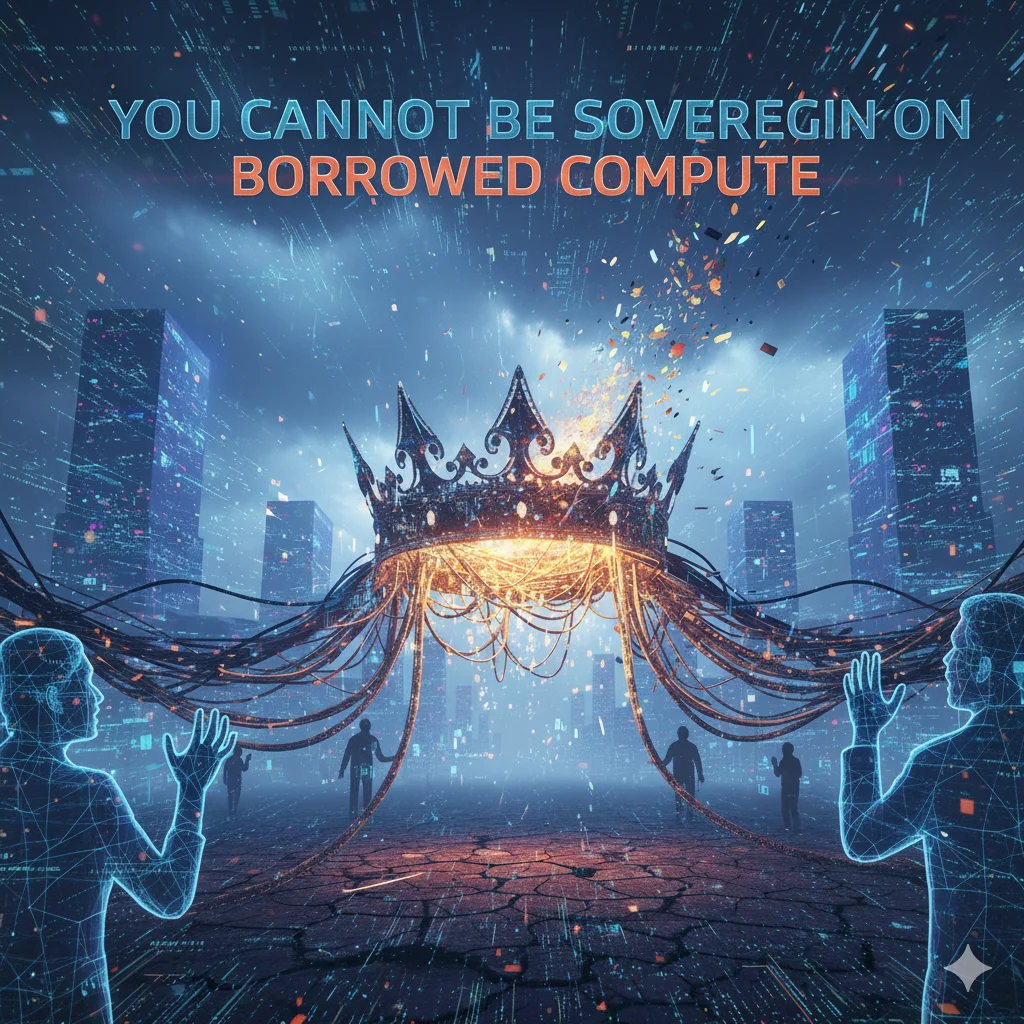Managing Brand Complacence
By S Swaminathan
While, successful brands are celebrated and failure brands are being viewed critically, it may be interesting to look at brands through the lens of “Brand complacence” from a company’s point of view to understand what makes brands sustain or even increase their value over time or what makes great brands wither away over time.
There is a redefinition of the term “value” and little known or emerging young brands or new offerings coming to life with the blitzkrieg of online commerce in both urban and semi-urban markets (also accelerated by the pandemic). The following may be the reasons with respect to brand complacency and the reasons are not exhaustive. According to us, Brand Complacence, in simple terms is the false sense of well -being or value associated with a successful brand, in a dynamic environment.
Indicators of Brand Complacence that Needs to be Considered by Successful Brands
- Does a brand enjoy a huge base of loyal consumers? Does status-quo proposition over years lead to brand complacence?
- Does a brand have a huge number of repeat consumers? Over time, are these repeat customers buying less and less? It is to be noted that loyal brands have a strong commitment (for example iPhone -the example anyway is not meant to illustrate brand complacence but to indicate that some brands are bought with a strong commitment of consumers. Repeat buying is like buying a brand of detergent more by habit (auto-pilot kind of thinking) rather than buying it out of commitment.
- Does the brand that was well known but had, faded away from the consumer’s memory, suddenly introduce a string of offerings (product-line)?
- Does a well -known brand fade out from the memory of consumers because of limited offerings in terms of variety or added features, not being upgraded?
- Does a brand that is strong fade out due to the changing environment, with a complex set of reasons? The reasons can even be associated with the cross functional areas of management, not just marketing or branding.
- Does the brand rely too much on the distribution channel to ‘push” its offerings without updating its offerings? Do new regional brands pose an imminent threat to such established brands?
- Does innovation by an hitherto unknown company that leads to disruption of the current business model and eco-system which the brand is operating or serving its target audience?
- Does deep-rooted and increasingly hard-held brand beliefs & values in a changing cultural ecosystem affecting sales and profits over time which is ignored by brand custodians?
Brand Complacence- Medley of factors
Brand complacence is rarely due to a single factor, it is caused by a combination of factors elaborating on the factors mentioned, there may be linkages between the factors, one leading to the other. A brand that has a strong distribution and does not take into consideration, the changing purchase and new channel behavior of consumers stands the risk of getting into inertia buying and finally falling by the wayside and exiting the category, due to changes in the environment .
When a brand has a huge base of loyalty, for instance with respect to a pioneering mobile phone with “first to market features”, consumers expect the brand to keep up with the times and lead in the race for innovative features that are relevant. If this does not happen the commitment of the consumers is lost and other brands that have strong associations (brand image and hence higher brand recognition) will become relevant to the consumers when those brands introduce updated features. With respect to the consumer’s mind, the recall associated with several usage occasions (due to the updated features) replaces the recall of the pioneering brand that had creates a good degree current contextual cultural setting and therefore commitment to consider, switch and purchase.
Brand bought, by habit (in this context it is the purchase that is referred in the consumer behavior literature as “inertia buying” ), may fall out due to the increased involvement created by new offerings in the market. There was a time when a well-known brand of gum was almost a household name which had changed or lost relevance over time. Similarly, new forms of digital payments are a clear example of changing payment behavior amongst consumers to whom big financial services brands are losing a share to, as these traditional financial services brands were considered de-facto brands for savings, payments, and investments. Today, there are innovative offerings in financial services, that have replaced the conventional offering of many financial services brands.
How Brand Complacence and Limited Distribution Channels Contribute to Brand Decline?
Changing environment has a mix of reasons for the decline of a brand. Readymade apparels, two wheelers, pens, motorcycles, watches, pain balms and even personal computers are examples of categories where decline has happened in a matter of a few years. Pre-liberalization and post liberalization of markets should provide several examples of how the concept of holistic branding had been ignored and to learn from for marketers.
Over dependence of one or two distribution channels can create a problem for a brand as regional brands spring up and use the online channel. While it may take several years for a competing company to build an equivalent distribution channel that is as strong, the brand that relies too much on “brick and mortar” channel may lose its share if innovative brands appear online , especially with the dominant and effective presence of iconic online channels.
Using a Combination of Consumer Behavior and Organizational Strengths to Overcome Brand Complacence
- Probe into the unspoken motivations of the consumer, with tools of consumer behavior.
- Set-up a ‘trend spotting’ team that can loop back to R&D, production, marketing, sales & distribution to see these subtle but definite shifts happening on the ground.
- More often, successful brand launches and brand share gains quarter on quarter stunts innovation. Set-up a potential ‘brand failure’ budget where brands see the need to experiment and try a set of hypotheses coming out of trend spotting to spot a few winners. The need to respect experiments that may fail is important for brands to shed their complacence.
Brand complacence needs to be the unifying and driving force with respect to the synergy of cross functional teams, with appropriate inputs on consumer behavior in a dynamic environment.
(Dr.S.Ramesh Kumar, Professor of Marketing, Indian Institute of Management, Bangalore, S.Swaminathan), Bangalore, S.Swaminathan)








